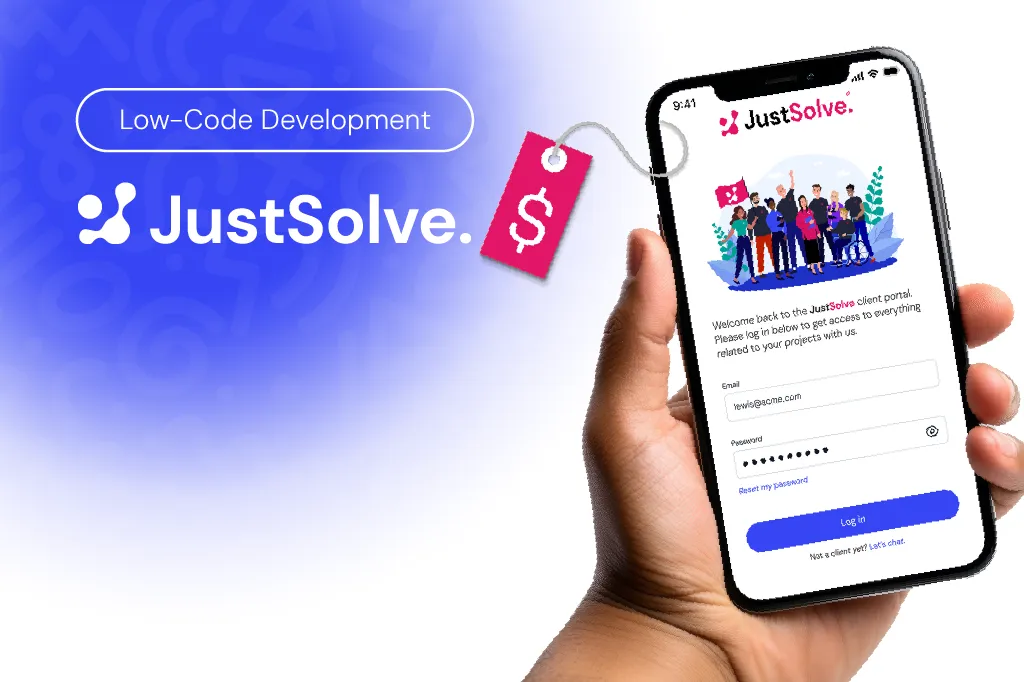How can low-code save you 60% to 80% of the build cost on your new application?
The cost of building a low-code app is a game-changer, with savings ranging between 60% and 80% compared to traditional code-based development. It is so cost-effective as it enables you to develop more than 4x faster. This article delves into the specifics of low-code development costs, focusing on the significant savings achievable during the development phase.
Breakdown of Cost Savings.
Development phase costs.
Efficient software development is crucial for optimising expenditures, and low-code proves to be a key player in achieving this goal. A straightforward app with low complexity would start from R1 200 000 over three months in traditional code-based development is reduced to a mere R650 000 with low-code, that is an impressive 85% saving. For a complex build usually taking more than a year, the savings are even more staggering and can reach up to 290%.
It is essential to note that the cost estimates above excludes UX/UI design, a critical aspect of app development. Additional time and costs for UX/UI designers must be factored in separately. App design usually starts from R165 000 to R385 000*.
How much does app development usually cost?
Product time and cost depends on many variables, including the specific requirements, as well as the complexity. The following is a general guideline* that can be used, in these figures we have included our app design service:
*The prices referenced in this article do not represent a formal quotation. For an official quotation, please contact a representative of JustSolve. The cost estimates provided in this article do not include any expenses related to tooling, platform, or software licensing, if required.
The cost-saving potential of low-code:

What is app complexity and how complex is my app?
There is no exact science, and it is no easy task to determine the complexity, but we can categorise apps according to the type and number of features they require. Here are some comparisons with potential features and relevant app complexity:
Through our signature Discovery & Strategy service we can help you determine the complexity of your application, schedule a free consultation today.
The cost-saving potential of low-code, particularly during the development phase, is a compelling reason for businesses to consider this approach. Staying within budget constraints is a priority for any project, and low-code development offers a practical solution, removing most of the risk typically associated with traditional code-based development, such as security, scaling, devops etc.
At JustSolve, our software development services combine UX/UI design, development, deployment and support into a single package, offering you a full cross functional team, ensuring a successful, cost-effective solution is delivered.
Want to know more about the cost saving potential and see some real-world examples?
Schedule a free consultation and explore real low-code success stories.








